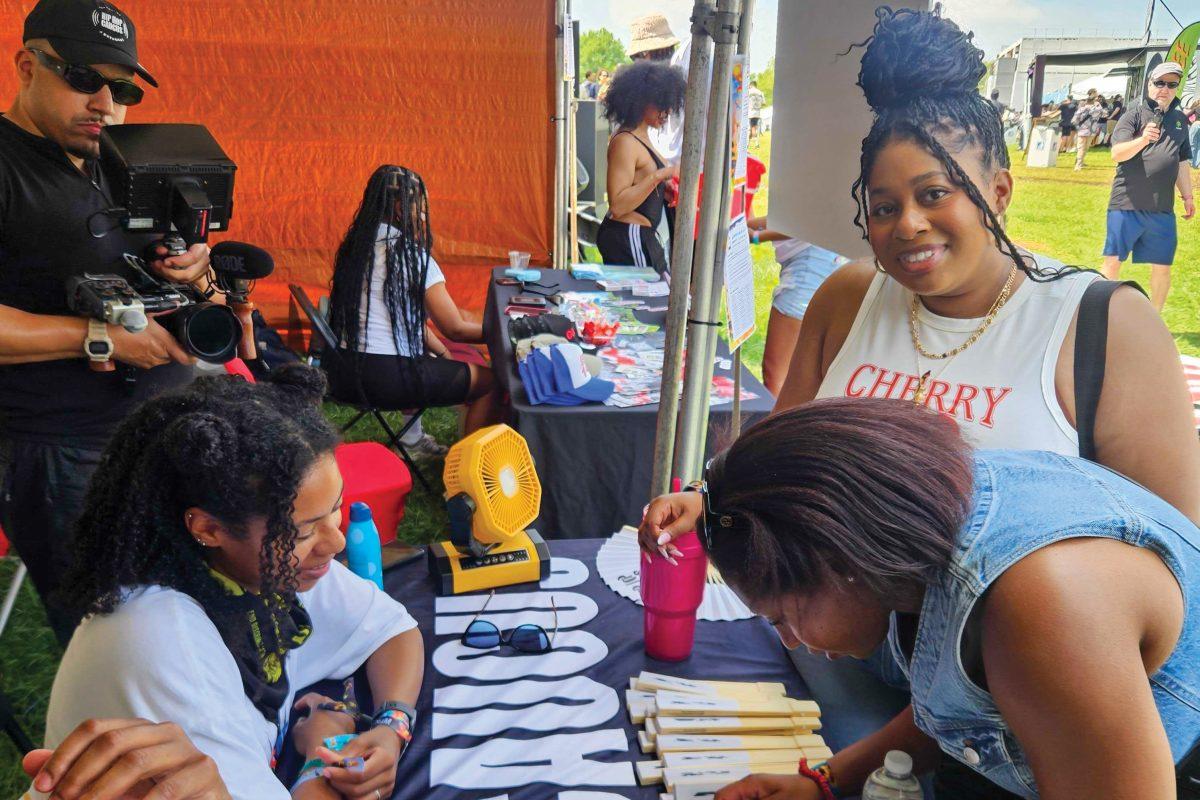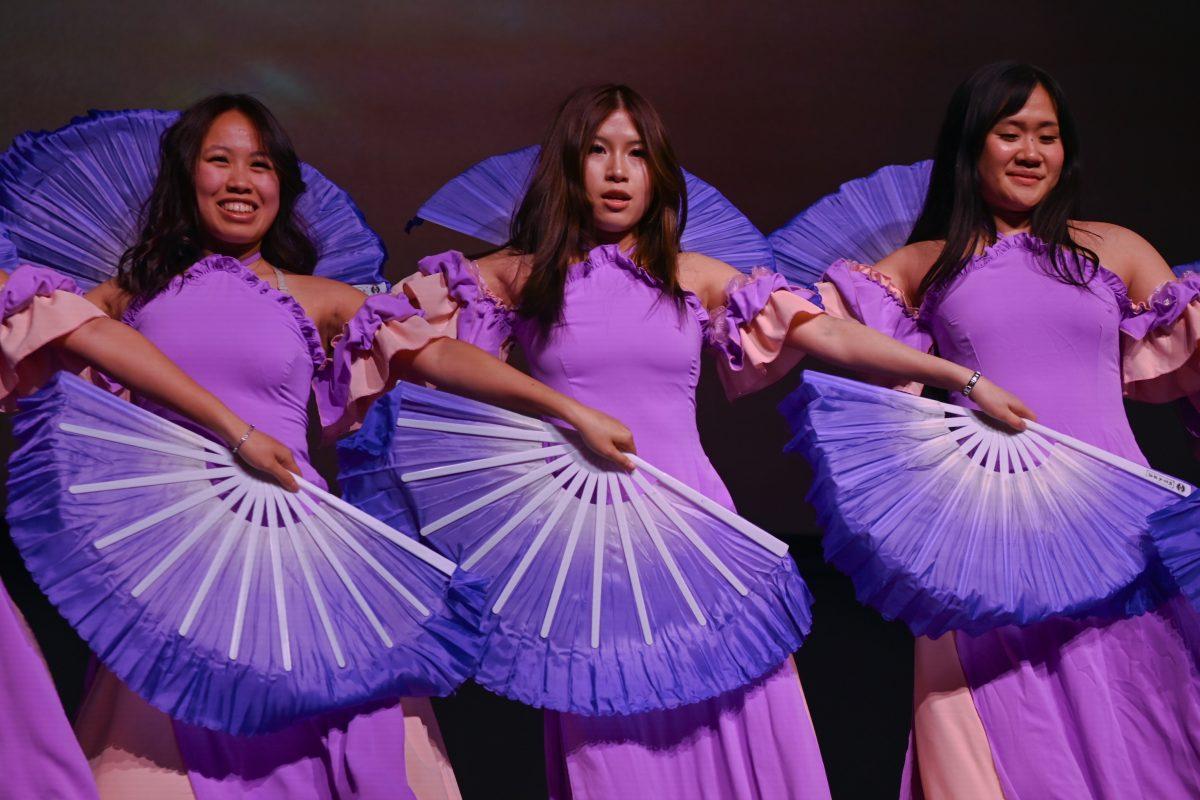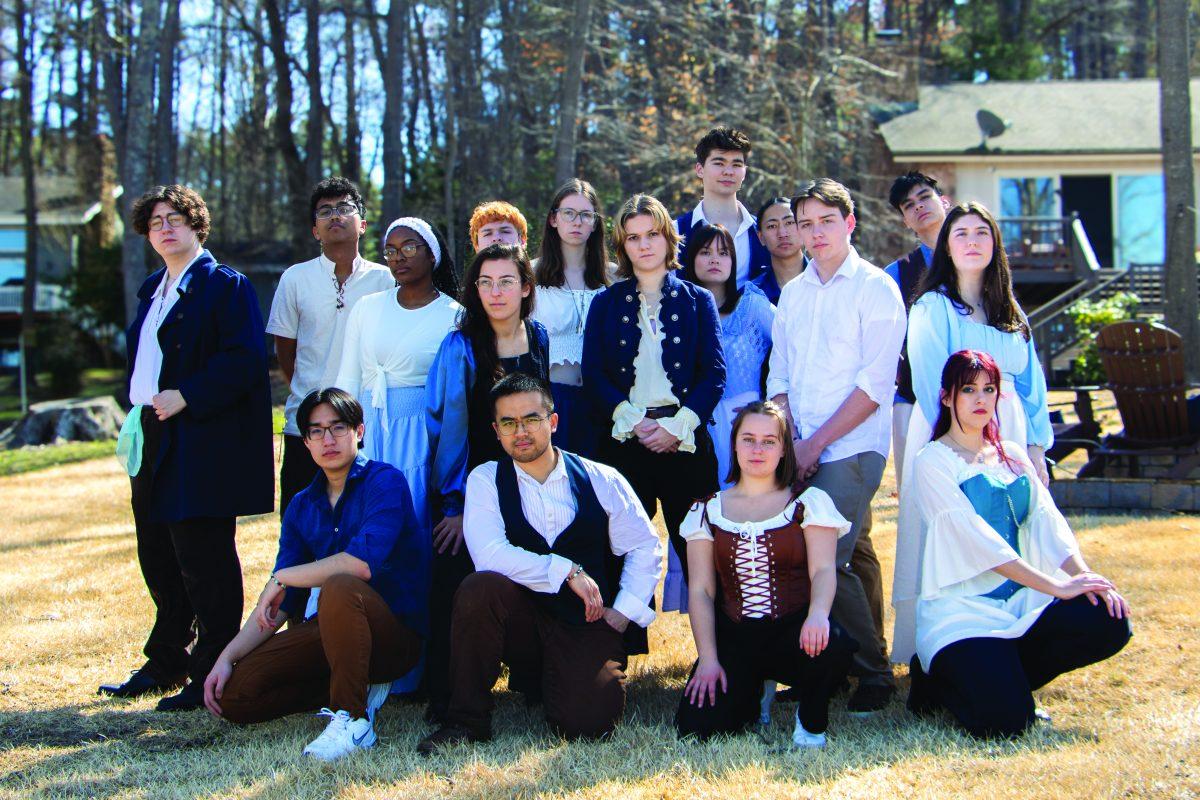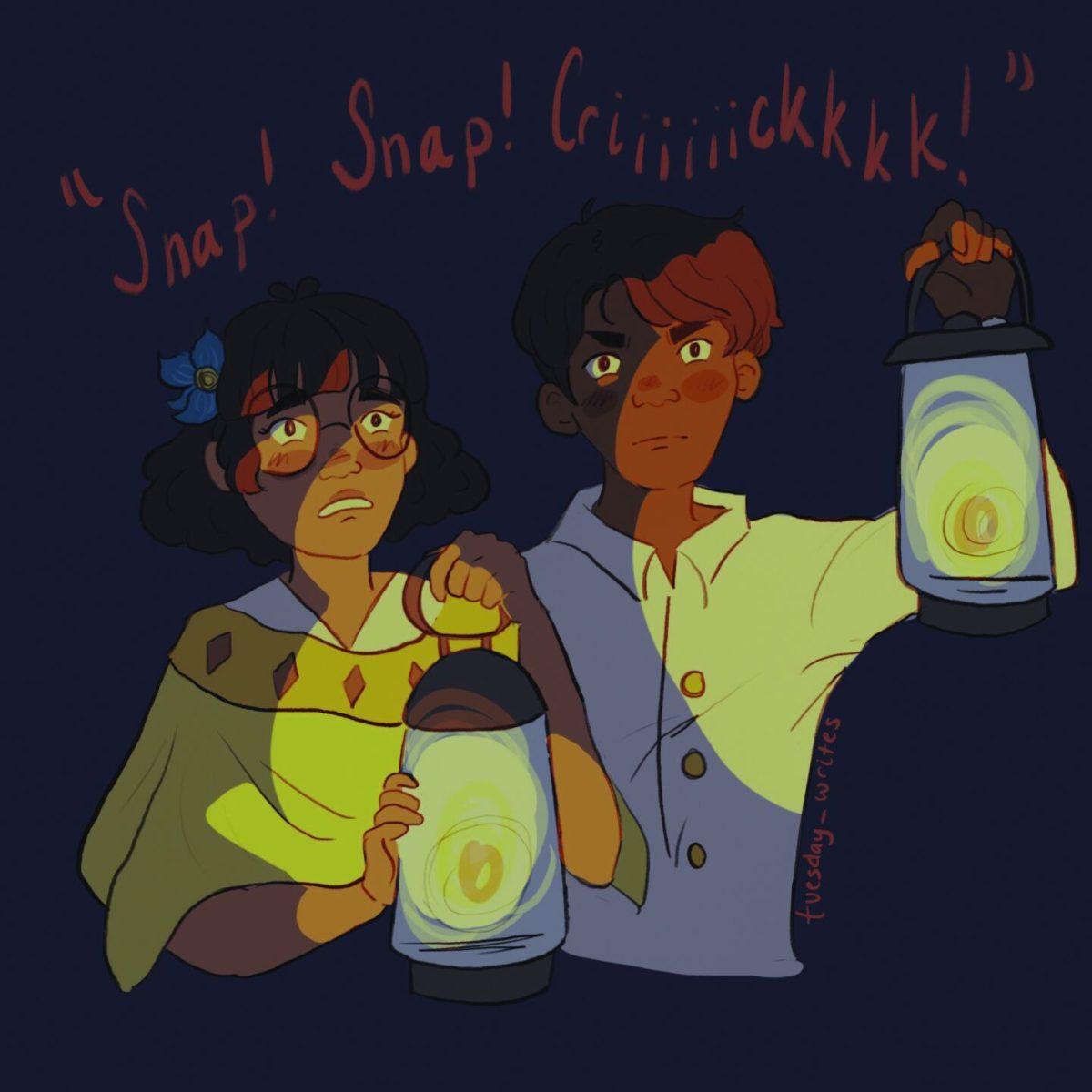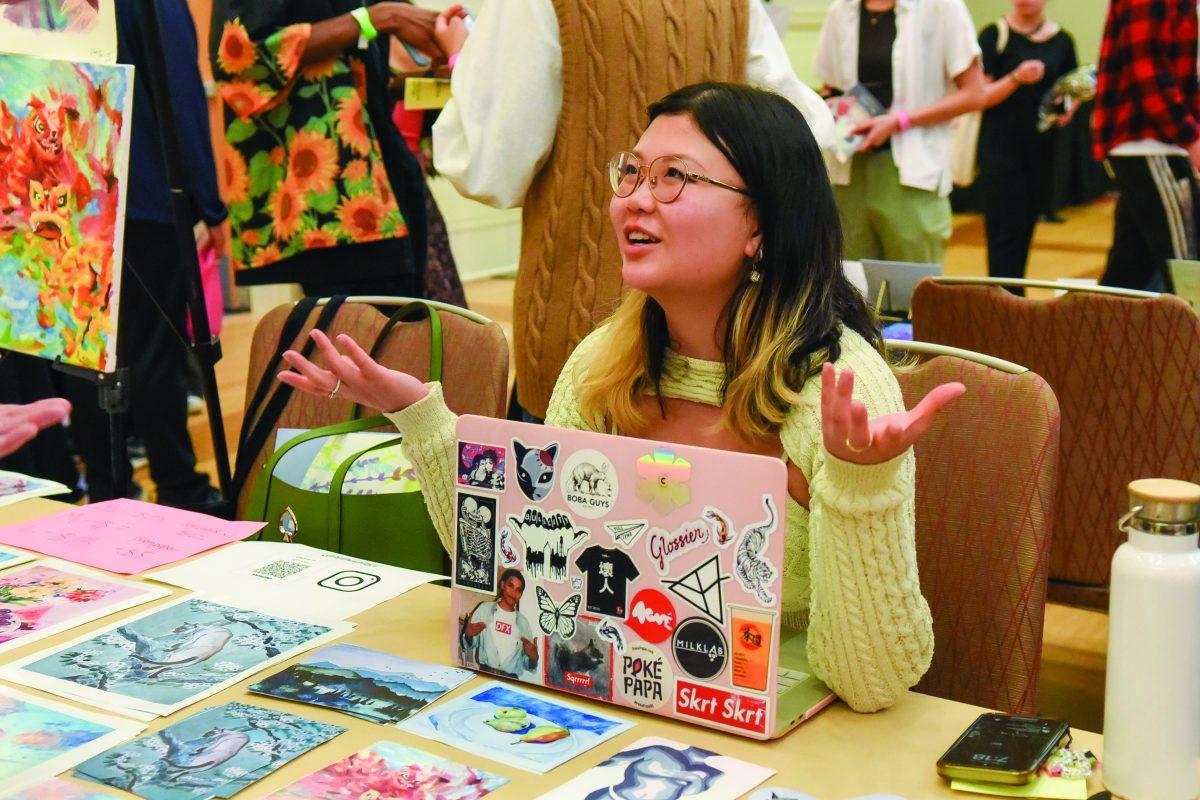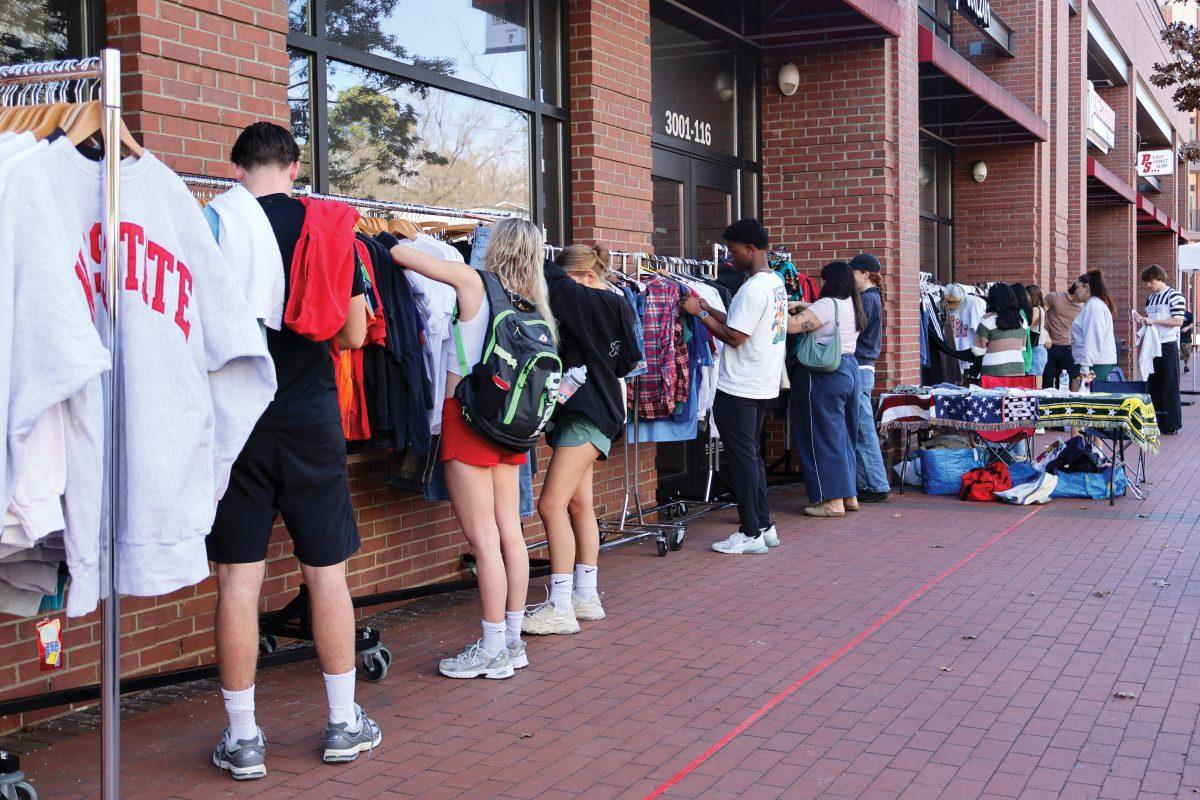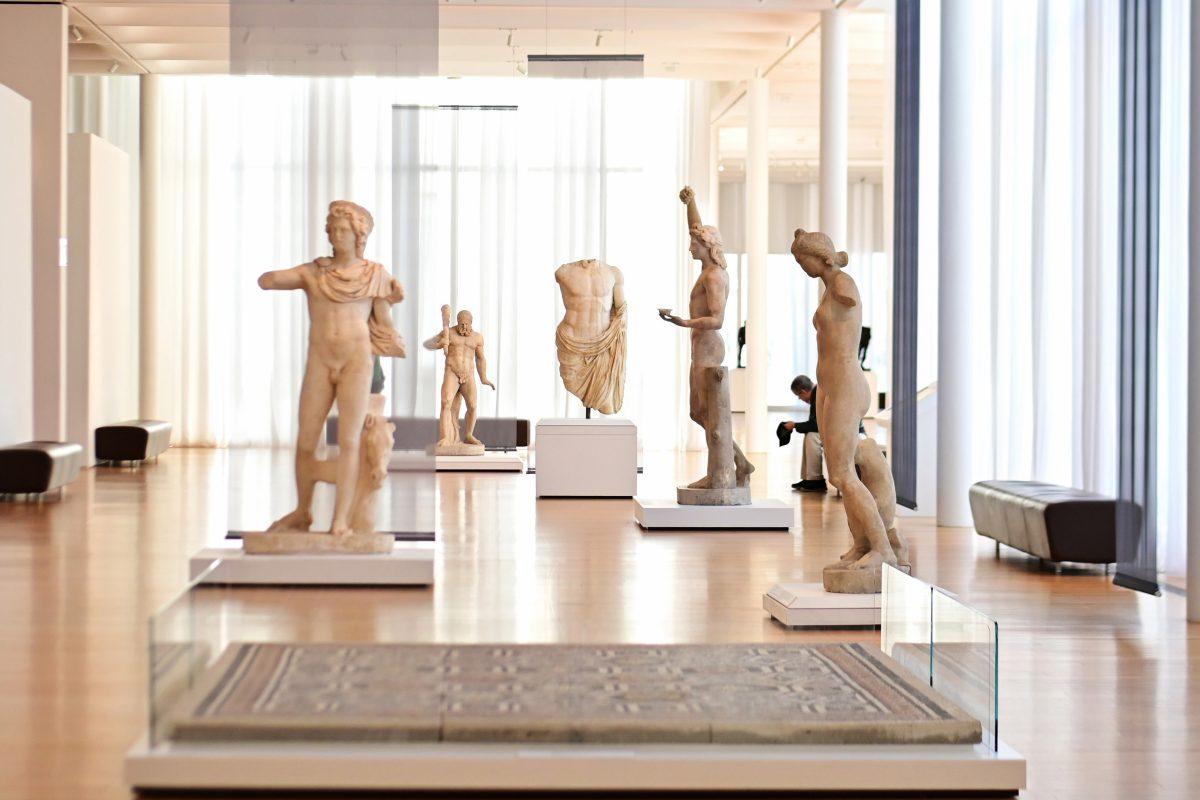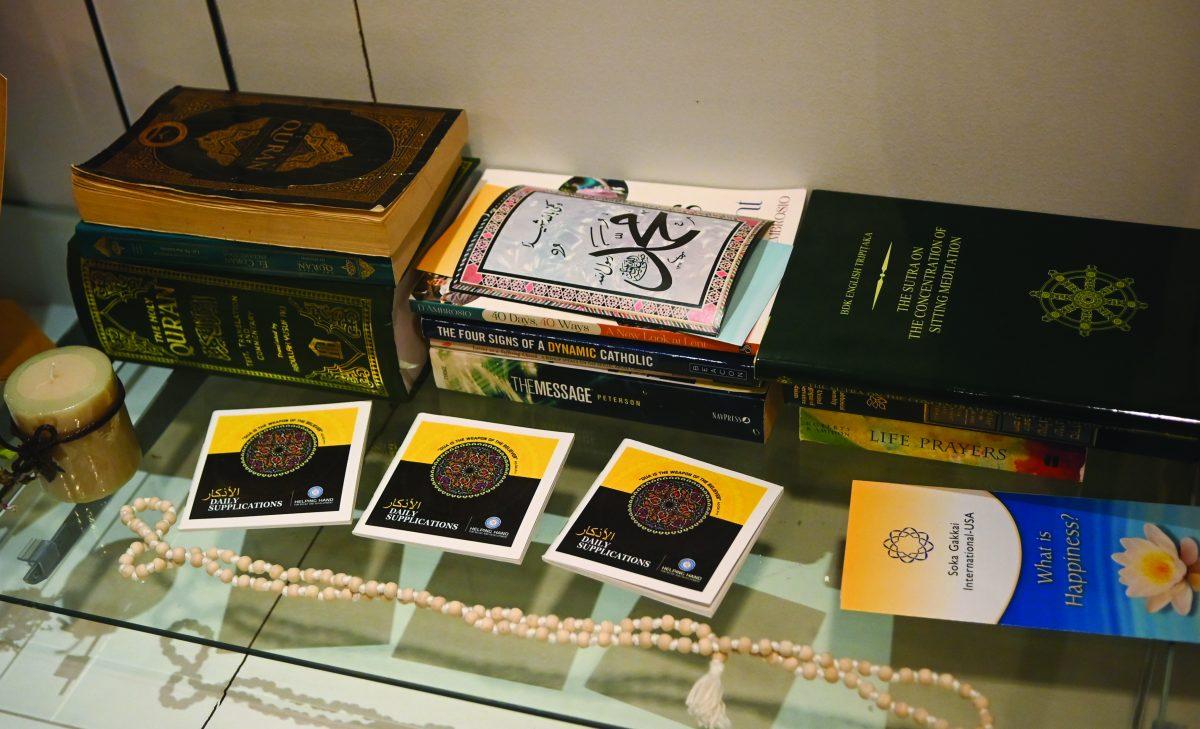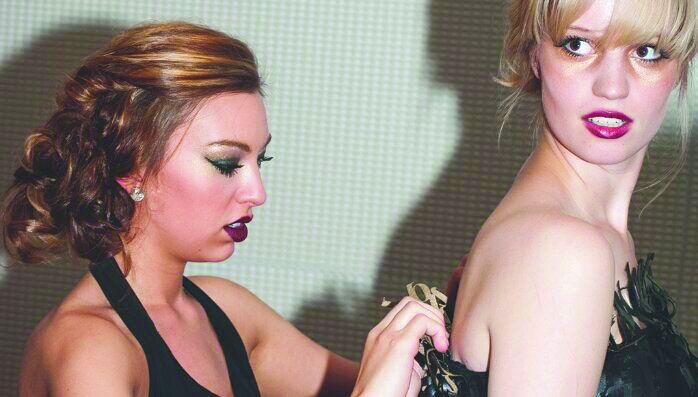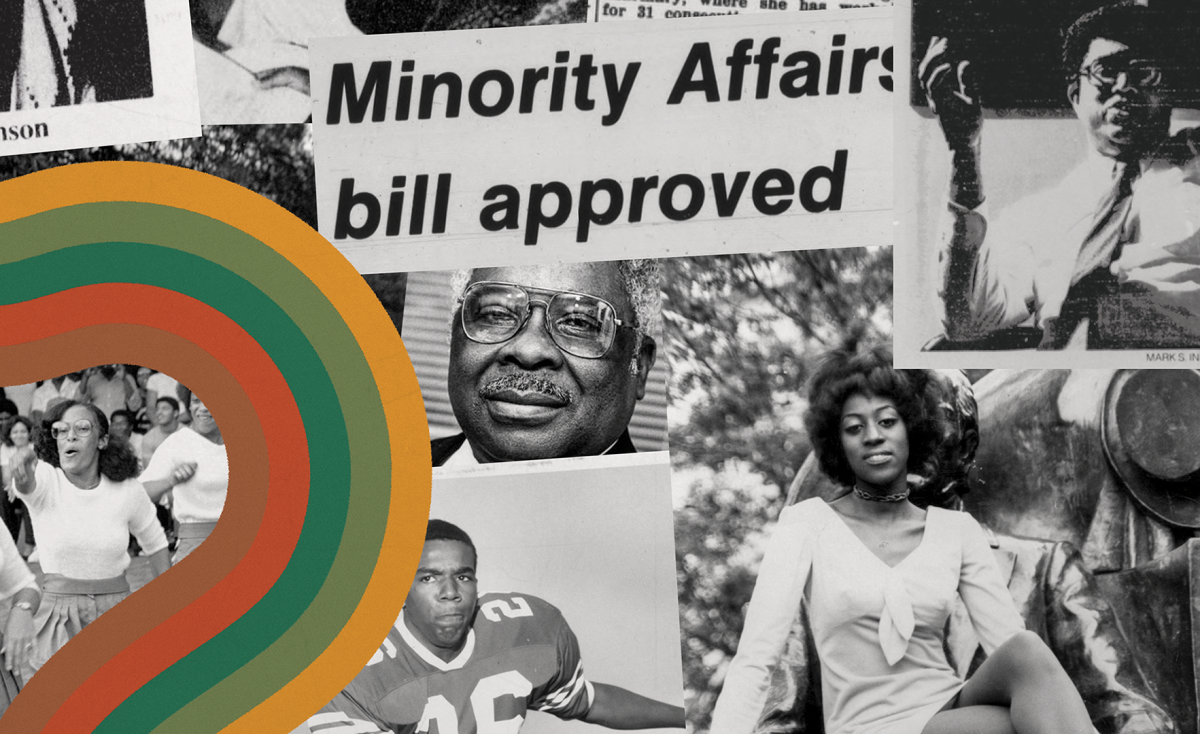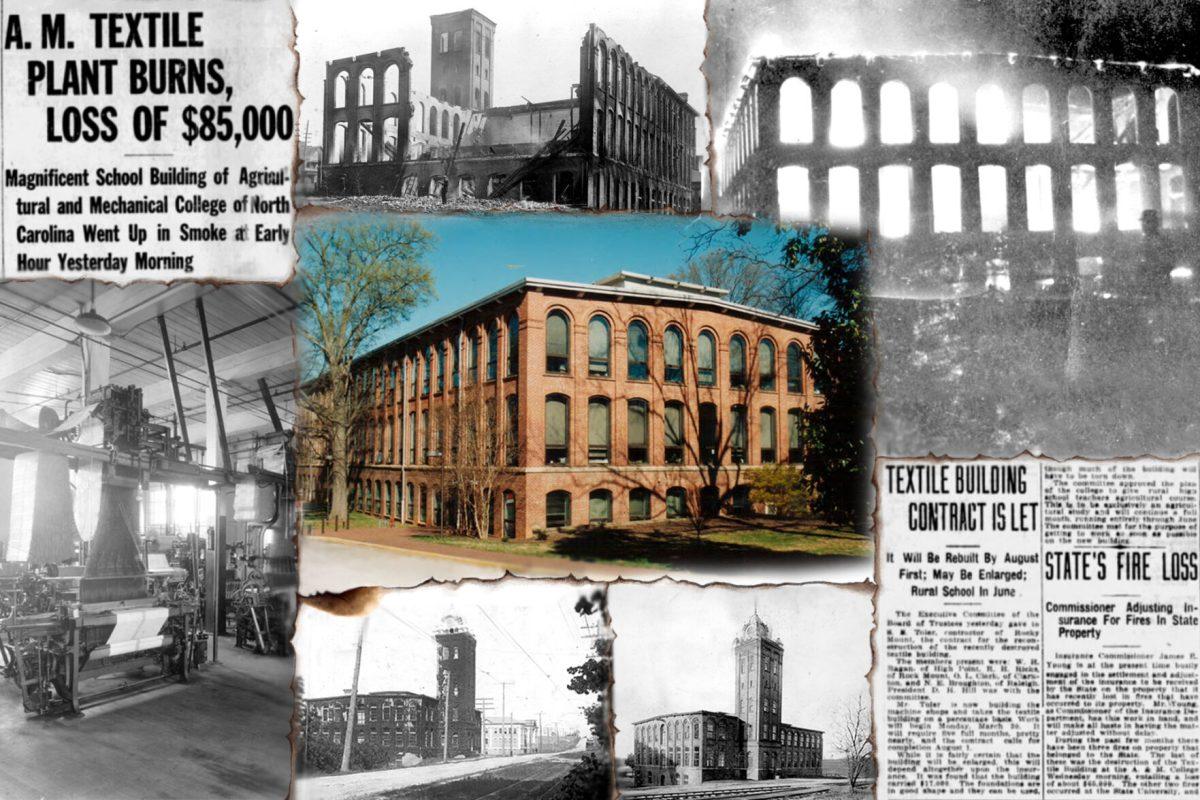“True Likeness,” an innovative portrait exhibition exploring complex representations of identity and self, opened Jan. 12 at the Gregg Museum of Art and Design.
The featured work ranges from painted, photographed and even carved portraits of physicality to more conceptual depictions of items, interactions and emotions that collaboratively represent identity.
Lia Newman, director and curator of the Van Every/Smith Galleries at Davidson College, and artist Tom Stanley co-curated the exhibition in 2020 in the midst of the COVID-19 pandemic, a contentious election year and campus-wide conversations regarding commemoration of historical figures.
“We have been having a lot of conversations on our campus about portraiture,” Newman said. “Tom and I were interested in these conversations, thinking about who gets their portrait made now, how portraits are made and the diversity of media and ideas that can be portrayed through portraiture, compared to who used to have their portrait made.”
Newman and Stanley selected work for the exhibition to intentionally expand what we often think of portraiture, emphasizing diversity and accessibility.
“We thought a lot about democratic portraits, with a small d, [and] this idea that having a phone in your pocket with a camera allows so much more access [in terms of] who gets their portrait made, how do you present yourself or what kind of agency the sitter has to present themselves the way they want to be seen,” Newman said.
Endia Beal, whose piece “Mock Interview” is part of the exhibition, said accessibility is central to her work, especially when considering viewers with little art experience. To create “Mock Interview,” Beal prompted Black women for questions they had been asked in interviews that they found to be discriminatory or racist. Beal then used these questions to perform mock interviews with white male college students, recording on video their responses and reflections at the end.
“I’m interested in creating videos that speak to the everyday experiences for the viewer,” Beal said. “You don’t have to have all this historical background in order to understand [my] piece. You just have to have a job. If you’re invisible one time, [you’d say] ‘Oh, yeah, exactly.’ I think that for my own practice, it’s about adding to that history, and also exposing people like myself, the ones who have never seen themselves in art … giving them a visual opportunity to see their lived experiences through the work.”
Newman said keeping diverse audiences in mind is especially important when displaying work on college campuses.
“The exhibitions I curate for Davidson College are interdisciplinary,” Newman said. “One of my goals is to get students of different backgrounds to come to the gallery, not just studio art and art history majors. I’m hoping students find an entry point into art using whatever discipline they are most familiar with.”
Juan Fuentes is a Chicano artist whose print “Primas y Primos de Chihuahua” was included in the exhibition, displaying everyday moments of his extended family inspired by photographs he took when visiting them in Mexico. Fuentes said that growing up in California in the ‘50s and ‘60s, the school system gave him very little exposure to art until he entered college. Traditional portraits were some of his first introductions to the art world.
“I’ve always been attracted to portraits,” Fuentes said. “I love portraits, and I love the old masters and all that. Those are the first things that I saw.”
The portraiture in the exhibition goes well beyond depictions of physicality to unpack and display the components that create identity. Multiple works throughout the exhibition confront the viewer with themes of family, ancestry, race, gender, loss, love and joy.
“It [“True Likeness”] takes such a broad range of what the idea of portraiture is and what it can be in terms of not just a representation of the person, but a representation of their things, a representation or their life or what they do,” said John Monteith, whose collage work using high school yearbook photos is included in the exhibit.
Art exhibitions allow individual works and messages to collaborate and conflict with one another, deepening the meaning of individual pieces and creating a cohesive theme for the whole. Bill Thelen, a Raleigh-based artist, thinks about this collaboration within his own work as well as within whole exhibitions. His piece “Maximum Joy” is a 14-foot circle composed of hundreds of quickly drafted watercolor paintings of items and people, that when viewed together, creates a kind of self portrait.
“I think about editing a lot,” Thelen said. “When we take images and put them together … your mind is going to create some narrative. … When you see one thing next to another, you start to really make these kinds of visual connections, and you kind of fill in the whole narrative yourself.”
Truth can be a complex subject in art, but the title of the exhibit, “True Likeness,” poses a contradiction that begs the viewer to consider authenticity of emotion and identity before any physical reality.
“I think the most important thing to me is that the gallery becomes a place for dialogue,” Newman said. “I think artists can be really great at helping us see something we didn’t see, highlight[ing] some sort of political or social concern. … I think the arts can empower people. They [artists] can help us solve problems. I think we should be looking to artists for creative solutions.”
In the end, the exhibit serves to encapsulate a microcosm of the diversity of American identity. Walking through the museum, viewers are asked to come eye to eye with the layered identities of the artists and of themselves.
“I think everything that artists do is a self portrait, in a way,” Thelen said.
Visit The Gregg Thursday, Feb. 2 at 6 p.m. for the opening reception of “True Likeness” and “This is Not: Aldwyth in Retrospect” exhibitions. “True Likeness” will be displayed in the Gregg Museum through July 22. Entry is free to the public Tuesday through Saturday 10 a.m. to 5 p.m.









